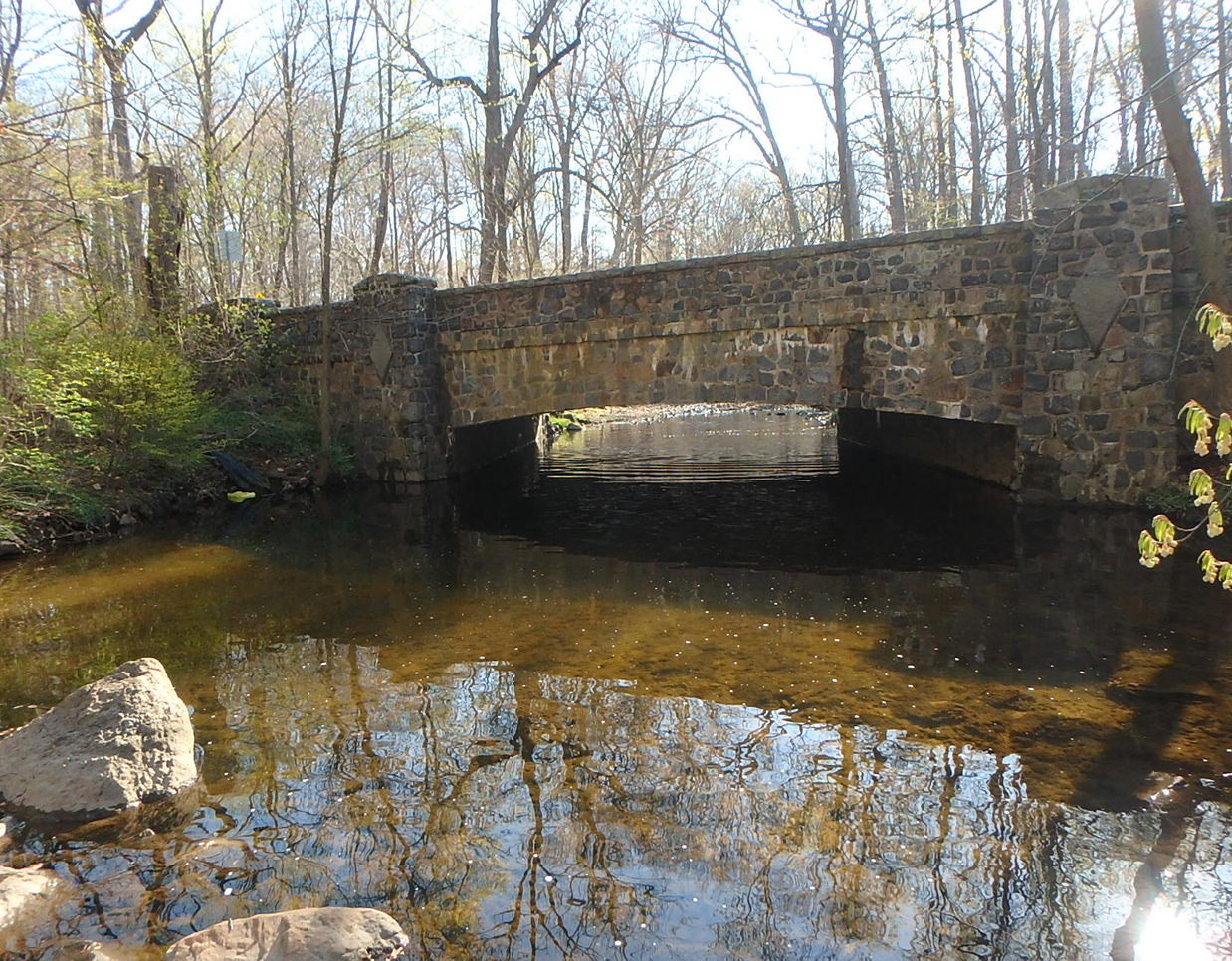Environmental Stewardship
The Environmental Stewardship Section at DelDOT works to achieve the Department's goal of minimizing the environmental impacts of the state's transportation system. The section ensures that DelDOT projects and maintenance activities account for and take actions that protect, restore, and enhance the natural and cultural environment.

NEPA
All DelDOT projects that use federal funding are required to comply with the National Environmental Policy Act (NEPA). Projects are reviewed for impacts to the natural, cultural, and social environment. Documentation is produced to help ensure that we consider the environmental impacts of our projects during the plan development process. NEPA Guidebook 2025 Edition
EAs and EISs:
NEPA evaluations for transportation projects can result in Environmental Assessment (EA) and Environmental Impact Statement (EIS) level projects. EAs are prepared when it is uncertain whether there will be significant impacts. The EA helps answer questions and document the analysis of the project and its effects. EISs are prepared for projects that have significant environmental impacts and include a range of reasonable alternatives. There are few, if any, EA or EIS level DelDOT projects each year.
PA for CEs:
Categorical Exclusions (CE) are a category of actions which do not individually or cumulatively have a significant effect on the human environment. For projects classified as CEs, DelDOT and the Federal Highway Administration (FHWA) have established a Programmatic Agreement (PA). The Delaware PA for Categorical Exclusions, which was executed on October 12, 2023, establishes the process for documenting CEs for federal-aid highway projects. The PA streamlines projects with minimal environmental impacts by allowing DelDOT to determine and document whether these projects qualify for a CE on behalf of FHWA.
Noise
Noise is an important consideration in the development of federal-aid projects. DelDOT has developed a noise policy that requires the evaluation of highway traffic noise impacts and, where applicable, mitigation to potentially reduce highway traffic noise levels. More information about how noise is taken into consideration during project development can be found here.
Section 4(f) & Section 6(f)
Section 4(f) of the USDOT Act states that FHWA may not approve the use of a Section 4(f) property, unless there is no feasible and prudent alternative and the project includes all possible planning to minimize harm OR the use is determined to only have a de minimis impact on the Section 4(f) resource. Section 4(f) resources include:
- Publicly-owned parks
- Recreation areas
- Wildlife and waterfowl refuges
- Historic sites
Section 6(f) of the Land and Water Conservation Fund Act (LWCFA) requires the replacement of property for property used via a fee simple or permanent easement. Section 6(f) properties are those purchased or improved with LWCFA funds.
The Environmental Stewardship Section works to ensure that impacts to Section 4(f) and 6(f) properties are avoided, minimized, and mitigated for where applicable.
Public Involvement
The FHWA requires that each state have approved procedures to carry out public involvement/public hearing programs. DelDOT strives to provide for early and continuing opportunities for public involvement during project development. For federal-aid projects, public workshops are held where individuals can vote on project alternatives and express concerns about potential environmental and social impacts. Subscribe to public workshop notifications for your county here.
Guidance Documents
- NEPA Guidebook 2025 Edition
- Purpose & Need Statements
- Section 4(f) and 6(f)
- Categorical Exclusion (CE) and Programmatic CE Evaluations
- NEPA Re-evaluations for CEs
- Section 106
- Rare, Threatened, and Endangered Species









